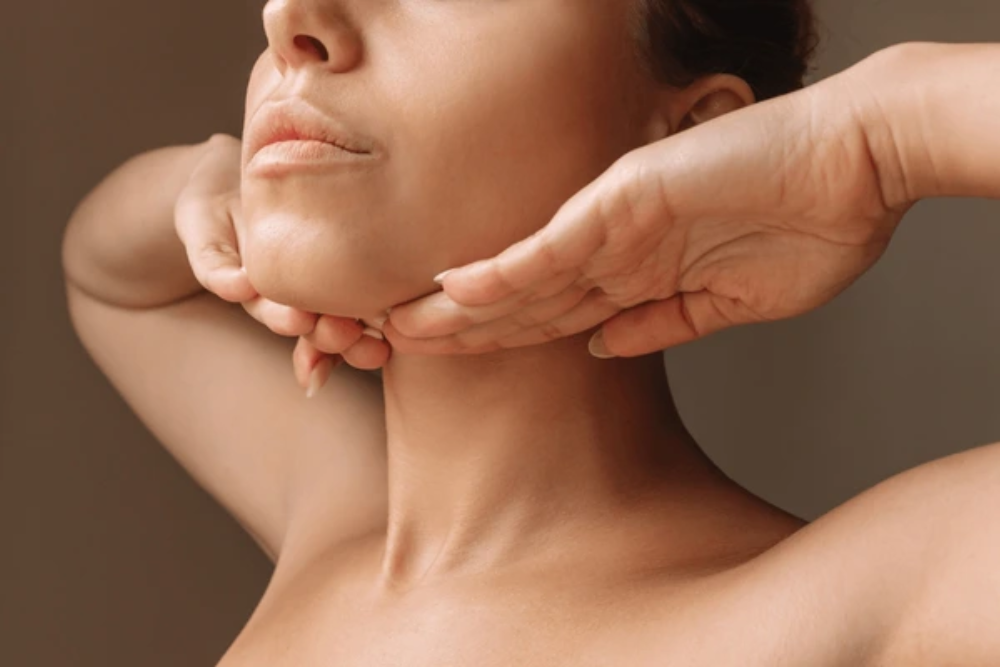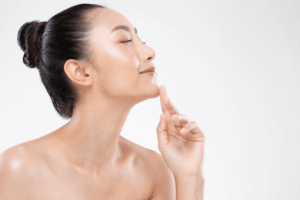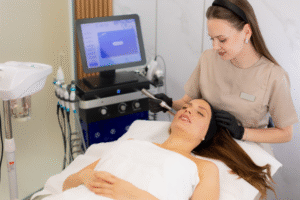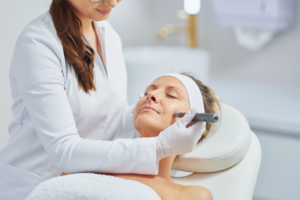The desire for smoother, younger-looking skin often leads us to explore various avenues, and facial exercises are a frequently discussed option for tackling chin wrinkles. But can a routine of chin-ups and tongue presses truly erase those lines, or is it more wishful thinking? Let’s delve into the evidence and separate the potentially helpful from the likely myths.

Understanding Chin Wrinkles: More Than Just Skin Deep

The Anatomy of the Chin and Wrinkle Formation
The chin area involves specific muscles, most notably the mentalis, whose repeated contractions contribute to vertical wrinkles. Horizontal lines, on the other hand, are often a result of natural skin laxity and a decrease in volume over time. Understanding these different origins is key to assessing the potential impact of facial exercises.
How Muscle Action Relates to Skin Appearance
The underlying principle of facial exercises is that strengthening facial muscles can lead to a tightening of the overlying skin, potentially reducing the appearance of wrinkles. Improved circulation and muscle tone are also cited as potential benefits.
The Claim: Can You Really Exercise Away Chin Wrinkles?
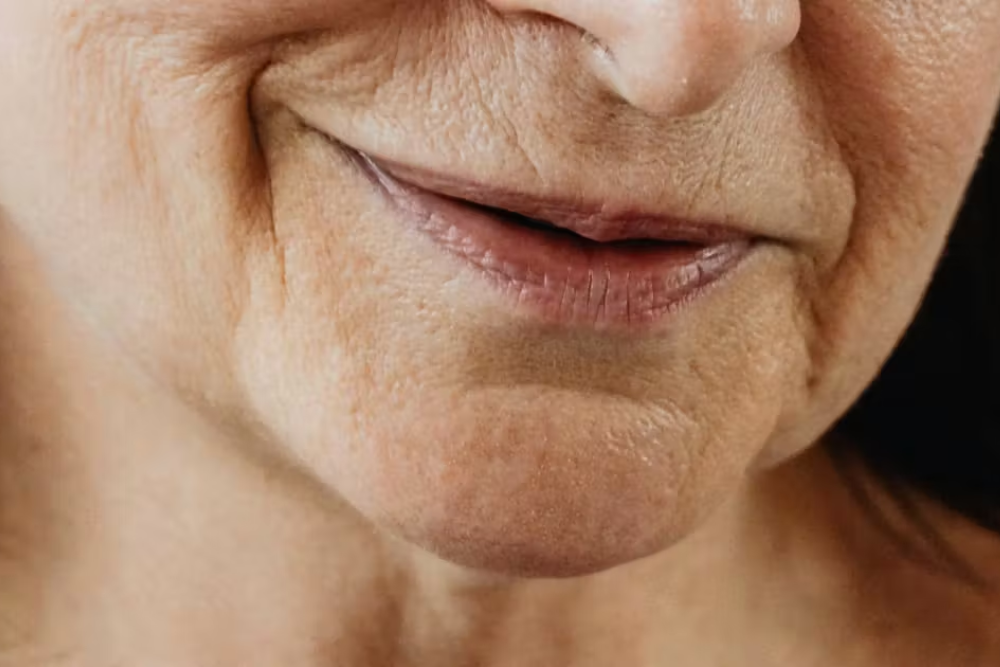
The Theory vs. Reality
The idea of naturally sculpting a smoother chin through exercise is appealing. While many online resources and individuals champion specific routines, it’s crucial to differentiate between personal anecdotes and findings from robust scientific research.
What the Studies Show (or Don’t Show)
Currently, there’s a limited body of rigorous scientific research specifically focused on the effectiveness of facial exercises for reducing chin wrinkles. Some broader studies on overall facial exercise regimens have suggested potential benefits in areas like cheek fullness and perceived age, but these often involve comprehensive programs, not targeted chin exercises.
The Counter-Argument: Muscle Movement and Wrinkle Formation
Interestingly, some dermatological perspectives argue that repetitive muscle movements are a primary driver of dynamic wrinkles. This suggests that for certain types of chin wrinkles, particularly those caused by muscle contraction, relaxation rather than strengthening might be a more effective strategy.
Exploring Common Exercises and Realistic Outcomes
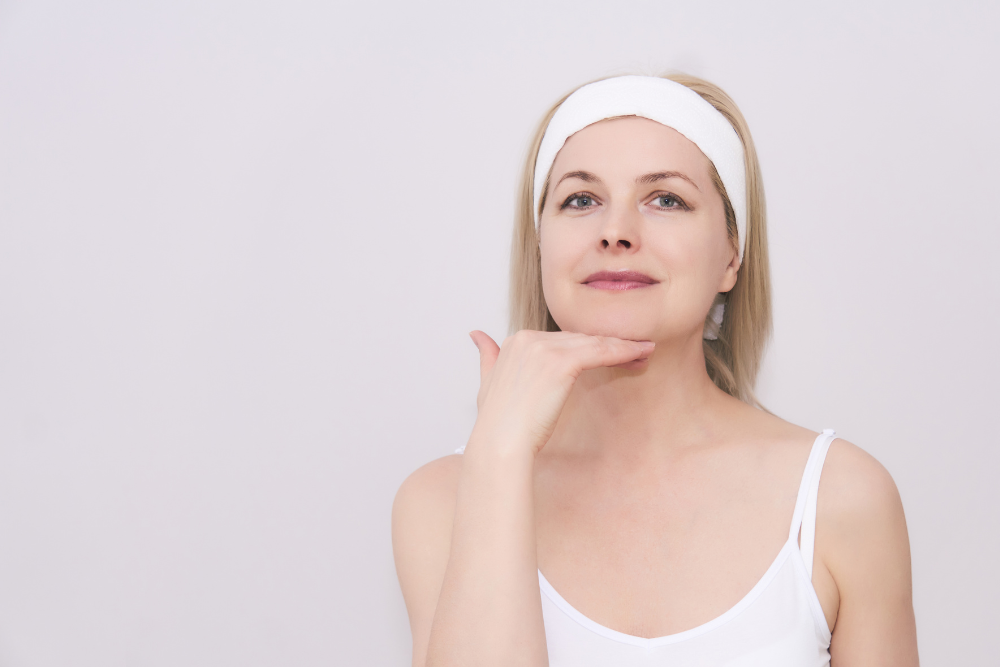
Popular Chin Exercises: What Are They?
Commonly suggested exercises for the chin include the “chin lift” (protruding the lower lip upwards and holding) and tongue exercises like pressing the tongue firmly against the roof of the mouth or extending it outwards.
The Importance of Technique and Consistency
If one chooses to incorporate these exercises, proper form and regular practice are often emphasized as essential for any potential benefits. However, the level of benefit for established wrinkles remains uncertain.
Setting Realistic Expectations: What Can Exercises Achieve?
It’s important to have realistic expectations. While facial exercises might contribute to a subtle increase in muscle tone or improved circulation in the chin area, they are unlikely to provide the significant wrinkle reduction achievable with targeted cosmetic treatments.
Conclusion
While the concept of naturally exercising away chin wrinkles is tempting, the current scientific evidence supporting its significant effectiveness for this specific concern is limited. While these exercises might play a role in overall facial wellness, for noticeable and reliable reduction of established chin wrinkles, especially the deeper lines, consulting with professionals about evidence-based treatments like neuromodulators and dermal fillers is often the most effective approach.
Ready to explore proven solutions for a smoother chin? Schedule a consultation with Dr. Vini Singh at Ziva Wellness to discuss effective treatments tailored to your individual needs and achieve your desired results.

